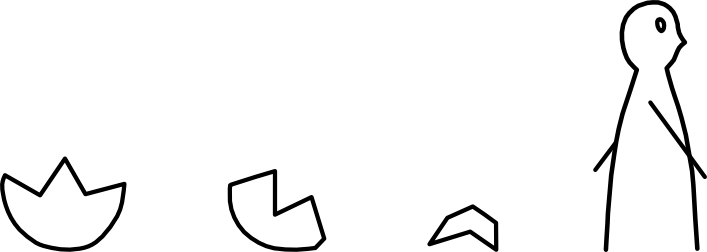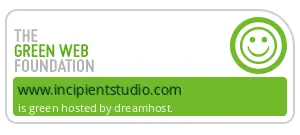During our first brand strategy session, the founder told me “You know, it’s up to the client, what they want to work on and what they really want to implement. I don’t go in with a mindset of knowing better, the client picks what they think is right.”
I thought, “Hey, me too!”
A big part of doing brand strategy is applying creative insight to the client’s reality. Asking the right questions and listening is how you get access to that reality. By understanding their goals and what stands in the way, you start to envision the solutions.
In this case study, I’ll give you a backstage tour of working with a new B2B service provider, as well as a glimpse into my work process, topped off with what brand strategy can do for you.
Without further ado –
The client: Effective HR, a new human resources company, born out of the founder’s desire to leave behind working as an employee and become an entrepreneur.
The practical challenge: Translate 15+ years of professional experience into a B2B value proposition that would accommodate future growth and attract the ideal customer.
The emotional challenge: To build confidence, inspire trust and provide support.
Read on to find out how the journey unfolded and see the results.
services
Brand Strategy
Brand Identity Design
Website Design & Build
Copywriting
Content Strategy
Content Creation
Social Media Design
During our first brand strategy session, the founder told me “You know, it’s up to the client, what they want to work on and what they really want to implement. I don’t go in with a mindset of knowing better, the client picks what they think is right.”
I thought, “Hey, me too!”
A big part of doing brand strategy is applying creative insight to the client’s reality. Asking the right questions and listening is how you get access to that reality. By understanding their goals and what stands in the way, you start to envision the solutions.
In this case study, I’ll give you a backstage tour of working with a new B2B service provider, as well as a glimpse into my work process, topped off with what brand strategy can do for you.
Without further ado –
The client: Effective HR, a new human resources company, born out of the founder’s desire to leave behind working as an employee and become an entrepreneur.
The practical challenge: Translate 15+ years of professional experience into a B2B value proposition that would accommodate future growth and attract the ideal customer.
The emotional challenge: To build confidence, inspire trust and provide support.
Read on to find out how the journey unfolded and see the results.
services
Brand Strategy
Brand Identity Design
Website Design & Build
Copywriting
Content Strategy
Content Creation
Social Media Design
Brand Strategy in Action
It’s hard to make decisions when you don’t really know what you want or have competing desires. Whether you’re building a company or just managing yourself as a freelancer, the demands can pile up quickly. When they get out of hand, it can lead to burnout or giving up.
If you’re a solo service provider or maker, the burden only gets heavier.
Atop of providing your services or creating your products, you also as you need to handle all of the business tasks, like admin, taxes, e-mail, marketing… and the list only gets longer.
Brand strategy is often advertised as a way to get clients to like you or to keep returning to you and it’s true! But its hidden strength lies in making your life easier by helping you focus on what’s the most important for your success. For example, once you define your ideal client, you’ll stop wasting your time on meetings with every lead.
For Effective HR, a new remote company, the brand-building process was focused on creating a home base in the digital world, in order to inspire trust and start building a reputation. While the founder was an established professional as an individual, the company itself was akin to a newborn.
So, one of the top priorities became creating a visual identity and website that reflected the founder’s expertise, but presented from a B2B standpoint.
If before the founder would have introduced herself focusing on previous positions and achievements, this time the focus was on what a client would need from an external HR consultancy. The personal bio was not completely discarded, just relegated to the ‘About’ page. This way, visitors can dive further to vet the expertise, after finding out that their needs can be fulfilled from the main pages.
The questions asked during the brand strategy sessions assisted with the mental switch from employee to B2B and refined the main customer pain points, which led to presenting certain features over others on the homepage.
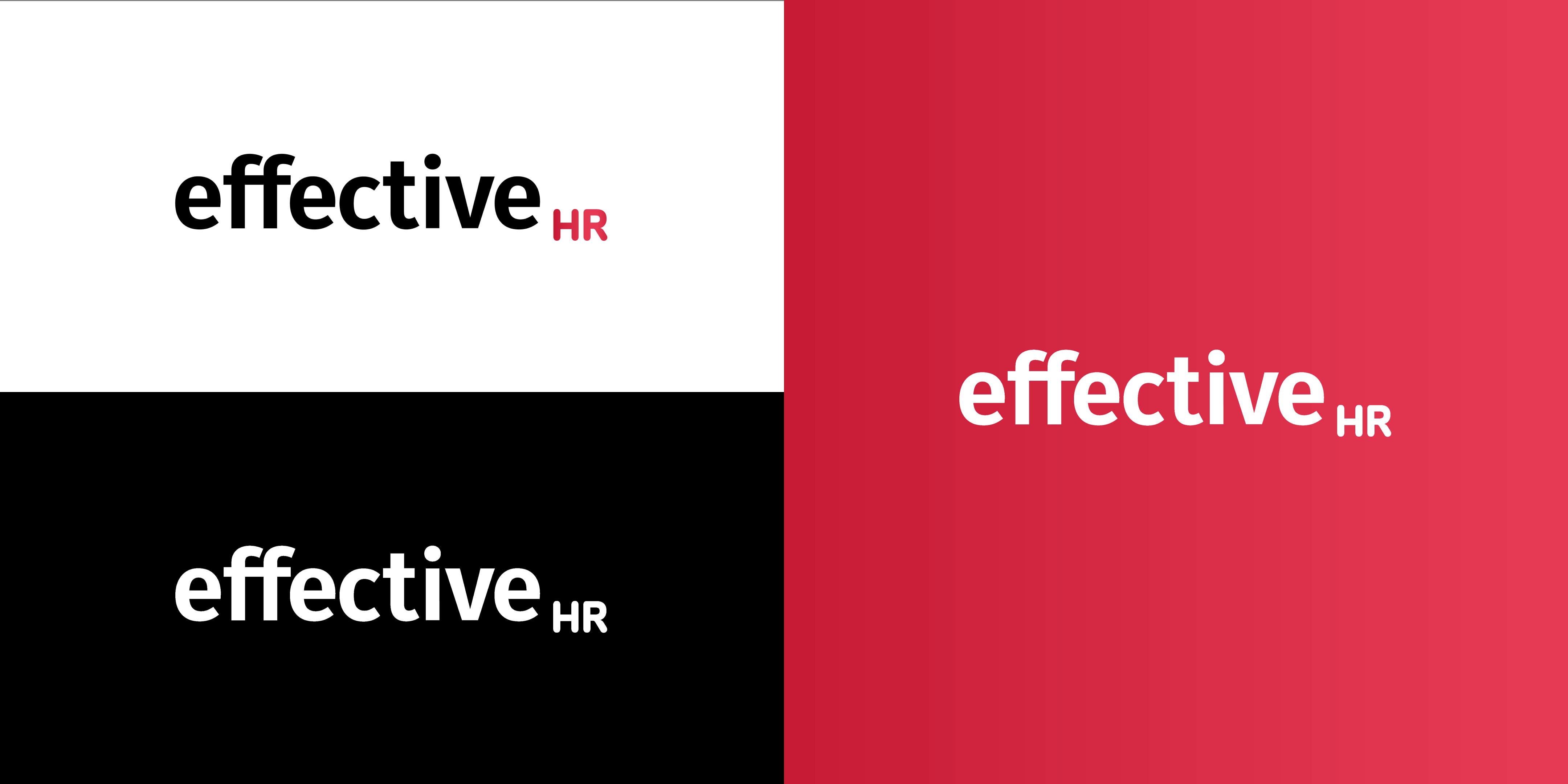
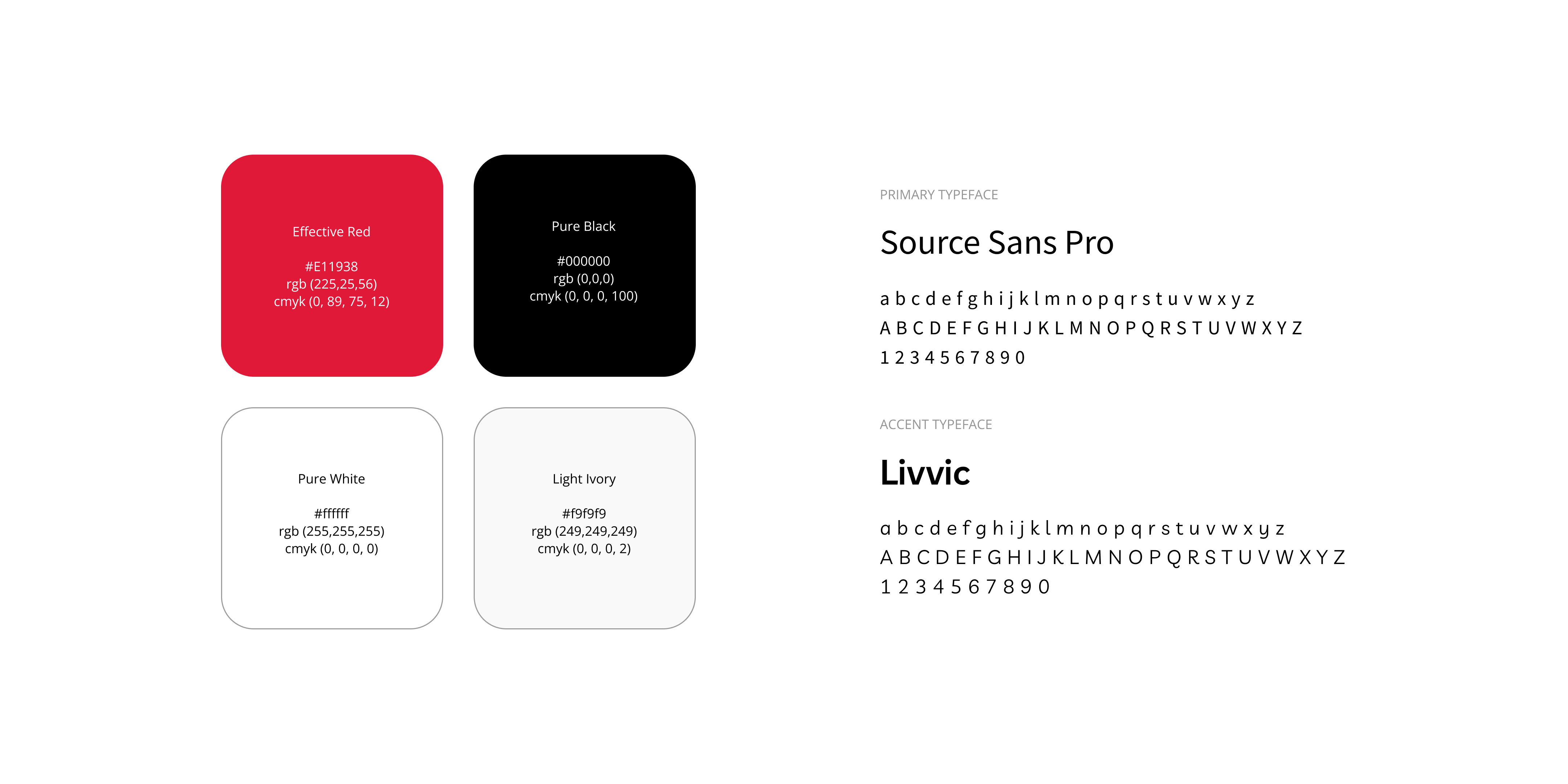
Brand Building Blocks
Because in this case I was both the brand strategist and the creative partner, I can give you a glimpse into how brand strategy directed all of my choices until the project was completed:
As the brand identity designer, I considered the brand personality, the USP, the target audience and the competition as I decided on colors, typefaces and shapes. The main color in particular [Red] was chosen as a direct equivalent of being efficient, driven and action-oriented.
As the copywriter, I used the brand strategy insights to gain an understanding of the HR field, the founder’s professional experience and the clients’ expectations from a recruiter and consultant. This insider knowledge coupled with independent competitor research led to identifying a brand gap and developing the main messages, CTAs and general tone of voice.
As the webdesigner, I used the data gathered about previous clients and their top needs in order to decide how the information would be presented and ordered. Since the company can provide a large palette of services, the information had to be structured so it would be easy to find the important stuff at a glance. Extra details were included in smaller type or under the toggle widget.
In the design phase, I sought a balance between effectiveness and appearing friendly and reliable. The founder had told me that “people always come first”, so including actual people in the design (as opposed to illustrations only) was preferred.
Other choices influenced by the brand strategy have been more granular, such as adapting the type size to a more mature audience or limiting the social media buttons to Facebook and LinkedIn.
To tie it together, the main objective behind creating a visual identity and a website was trust reinforcement. Like brand guru Marty Neumeier said, “If I can trust the maker, I can buy it now and worry about it later.”
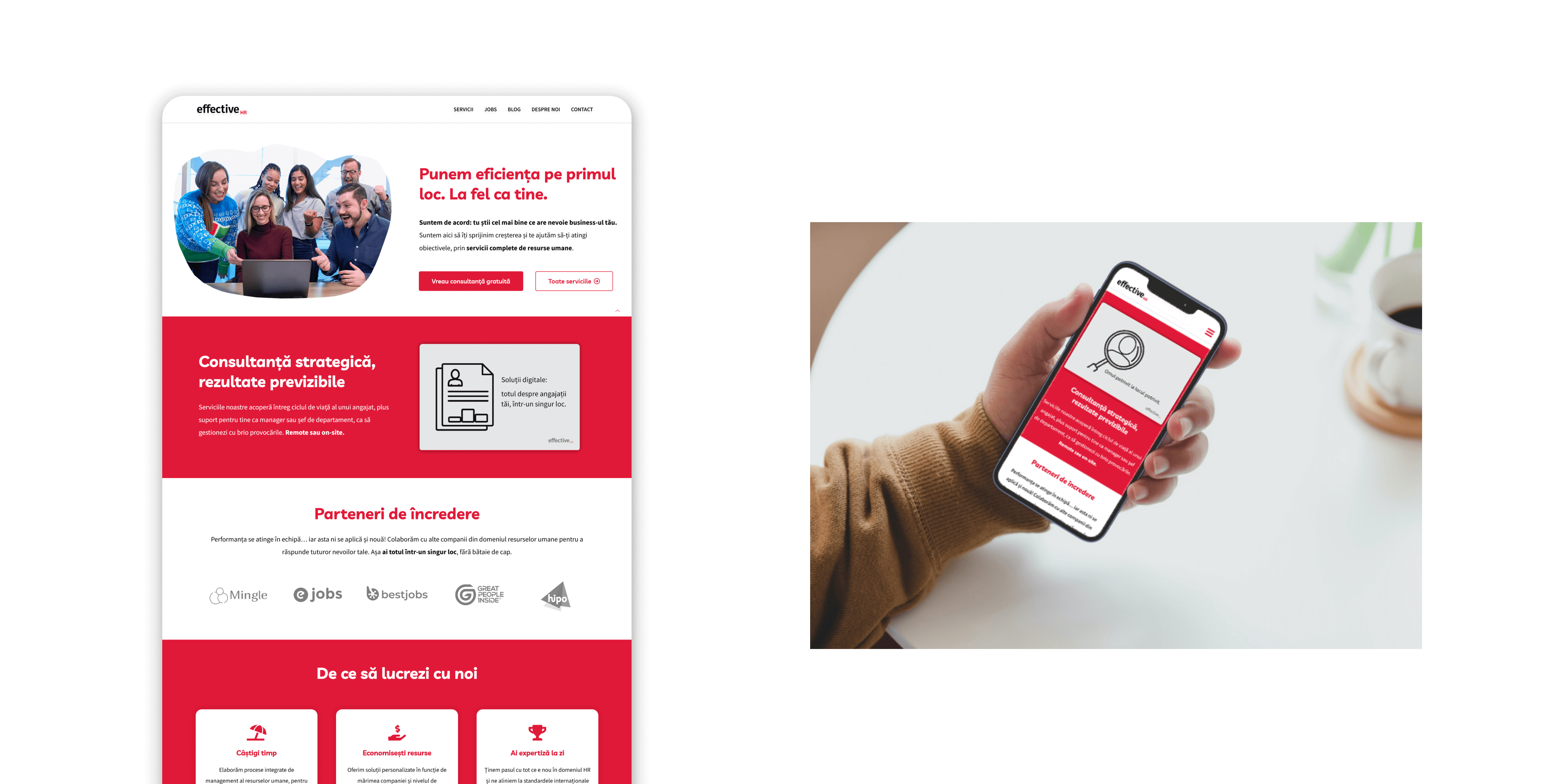
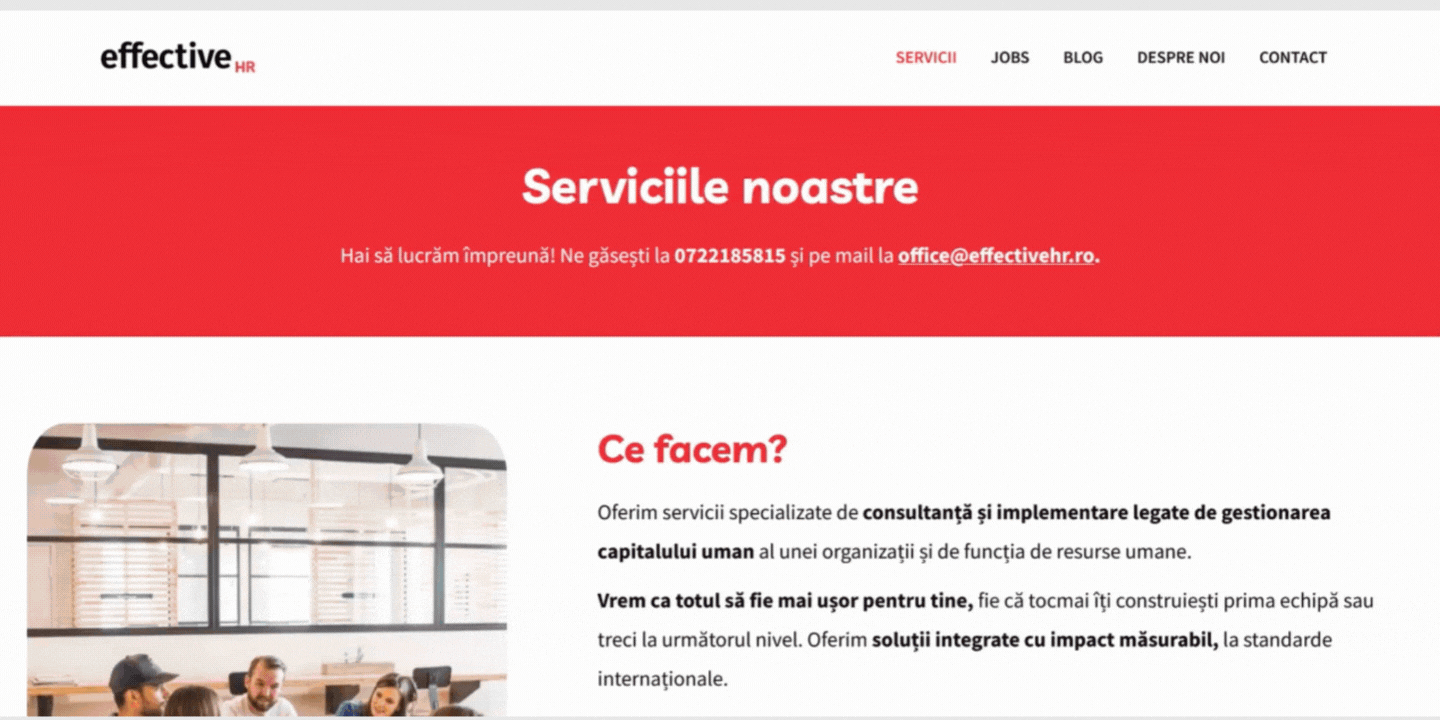
Who Really Needs a Website?
Most people in business are aware that they ‘need’ a website for their company at some point – it seems obvious. What is less explored is the strategic purpose of this asset and how that purpose influences the eternal choice of time vs. money.
By understanding how the purpose affects the bottom line, a founder can make informed choices about where to dedicate time and where to invest money in order to maximize results.
The best solution for success is the one that can be realistically implemented considering the existing resources, as opposed to productized cookie-cutter approaches.
Websites can have diverse goals. Some are content-first and aim to build SEO authority. Some are online shops and want visitors to click Buy. Some are product showcases for products available offline.
In case of this project, the website was fashioned to be the second point of contact after direct interaction, whether offline or online. The founder told me “I network a lot, that’s where I get most of my clients from,” and cited a challenge as “I can provide many services, but can’t always expand on that during a meeting”.
Therefore, the website was built as a tailored solution to this situation and designed to boost legitimacy and provide more information after a meeting in order to drive conversion.
Your type of business and your strategy determine what kind of website you need and by extension, how much you need to invest in it and how much in other endeavors. The more limited your budget is, the more you need to have clear-cut spending priorities and stick to the plan.
Social Media Made Easy
After the website was finished, we elaborated a content strategy and developed visual assets to make social media marketing quicker and easier to implement. The templates were drafted in Canva, a free collaborative design tool that’s beginner-friendly. Just by changing the placeholder text, anyone can create a new post, whether it’s the founder themselves, an in-house marketer or an outsourced contractor.
Given the scope of the company, the assets included customizable recruitment templates, in order to make the positions stand out more in the feed.
Another template was for carousel-type posts, where a simple infographic could be used to explore a relevant issue for the target audience.
Using these templates not only made creating posts easier, but ensured all visuals would stay on-brand and build a cohesive online presence.
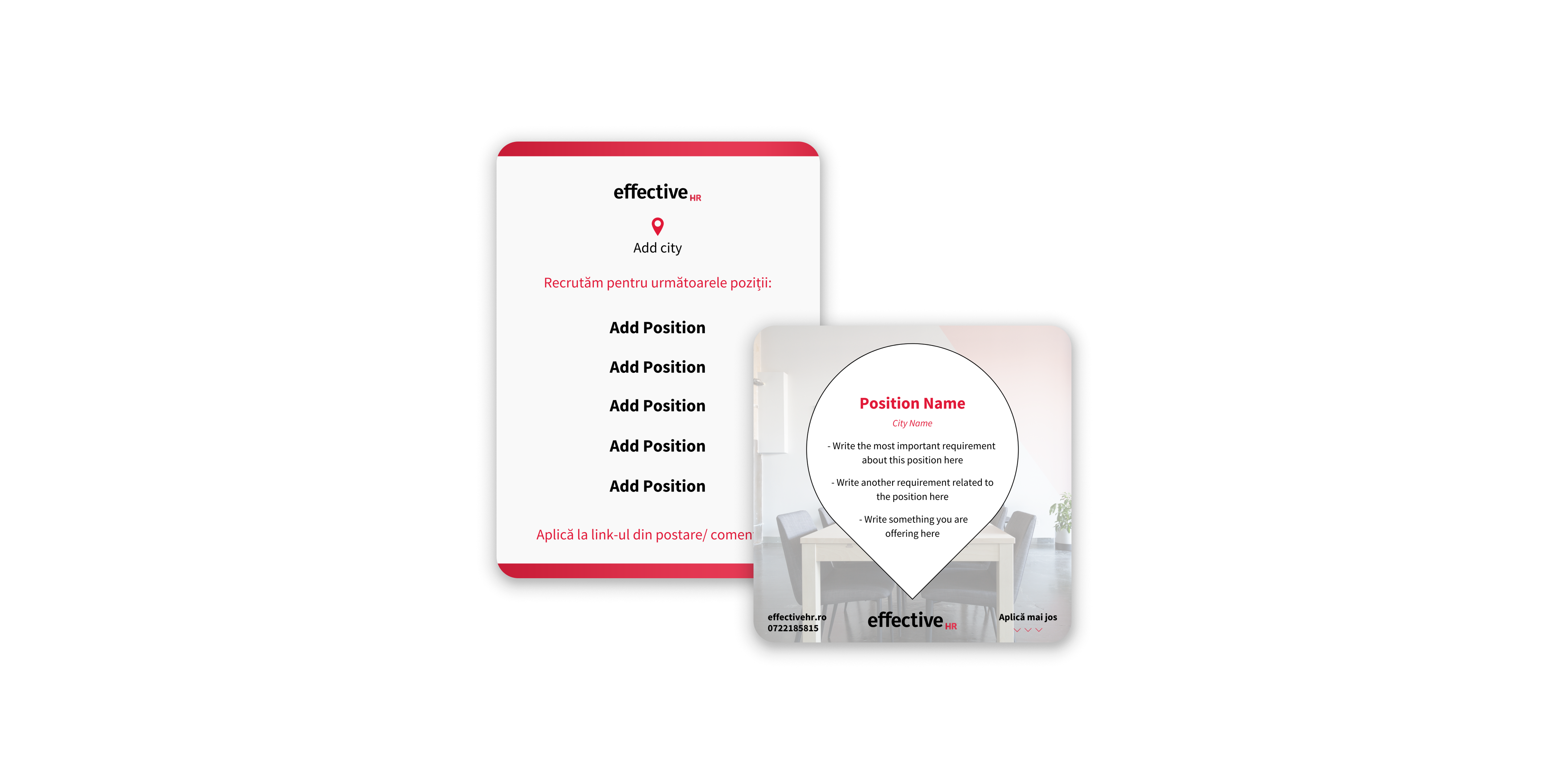

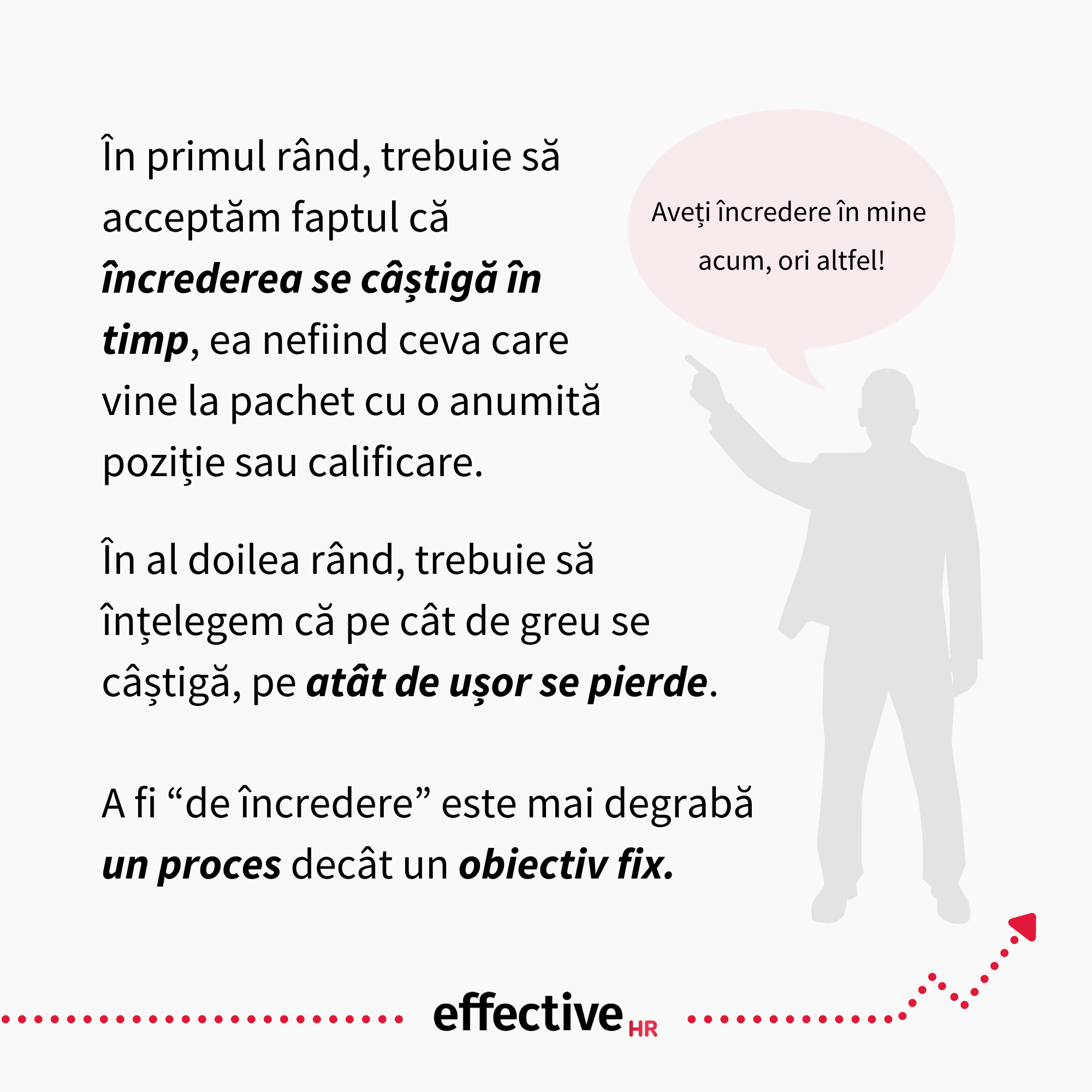
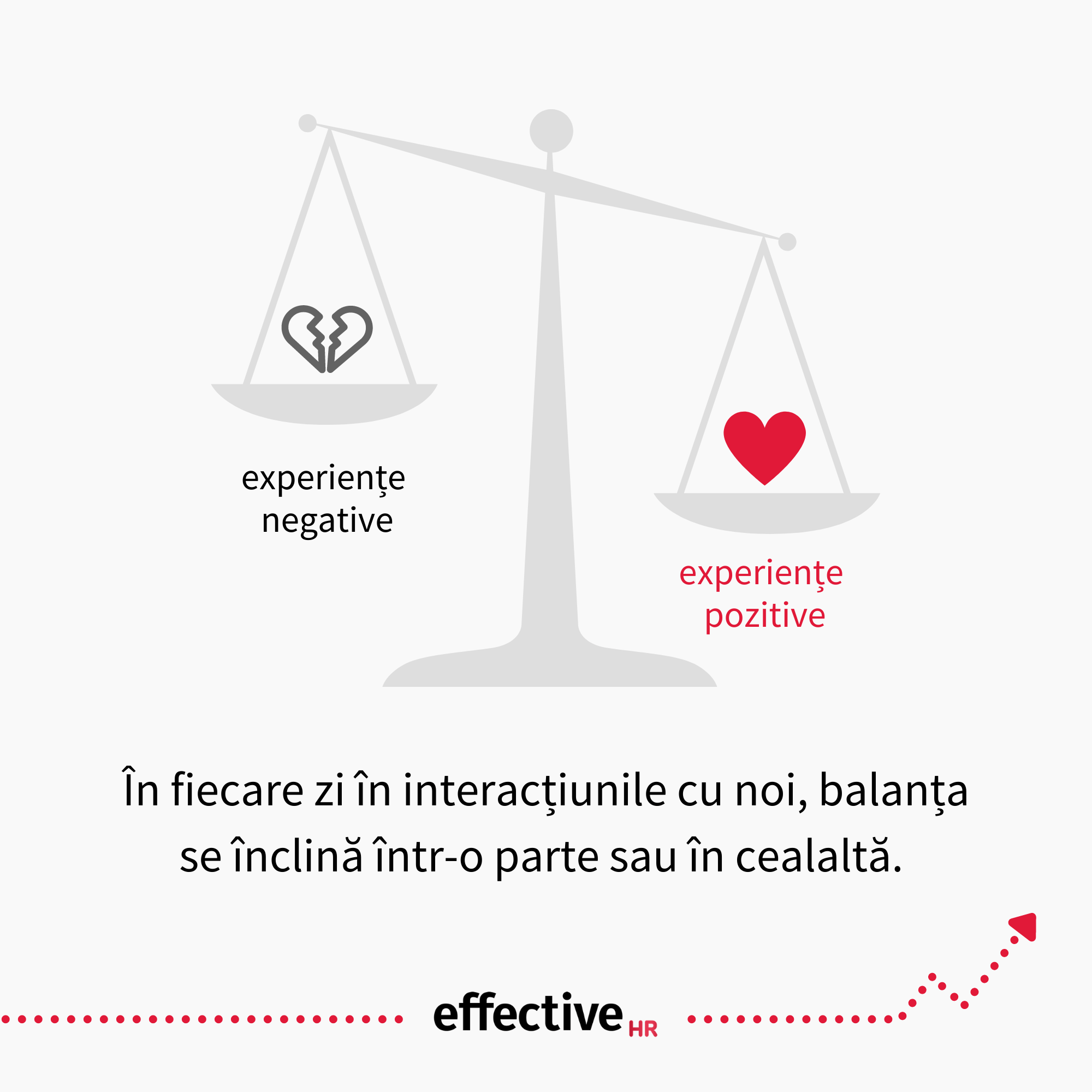
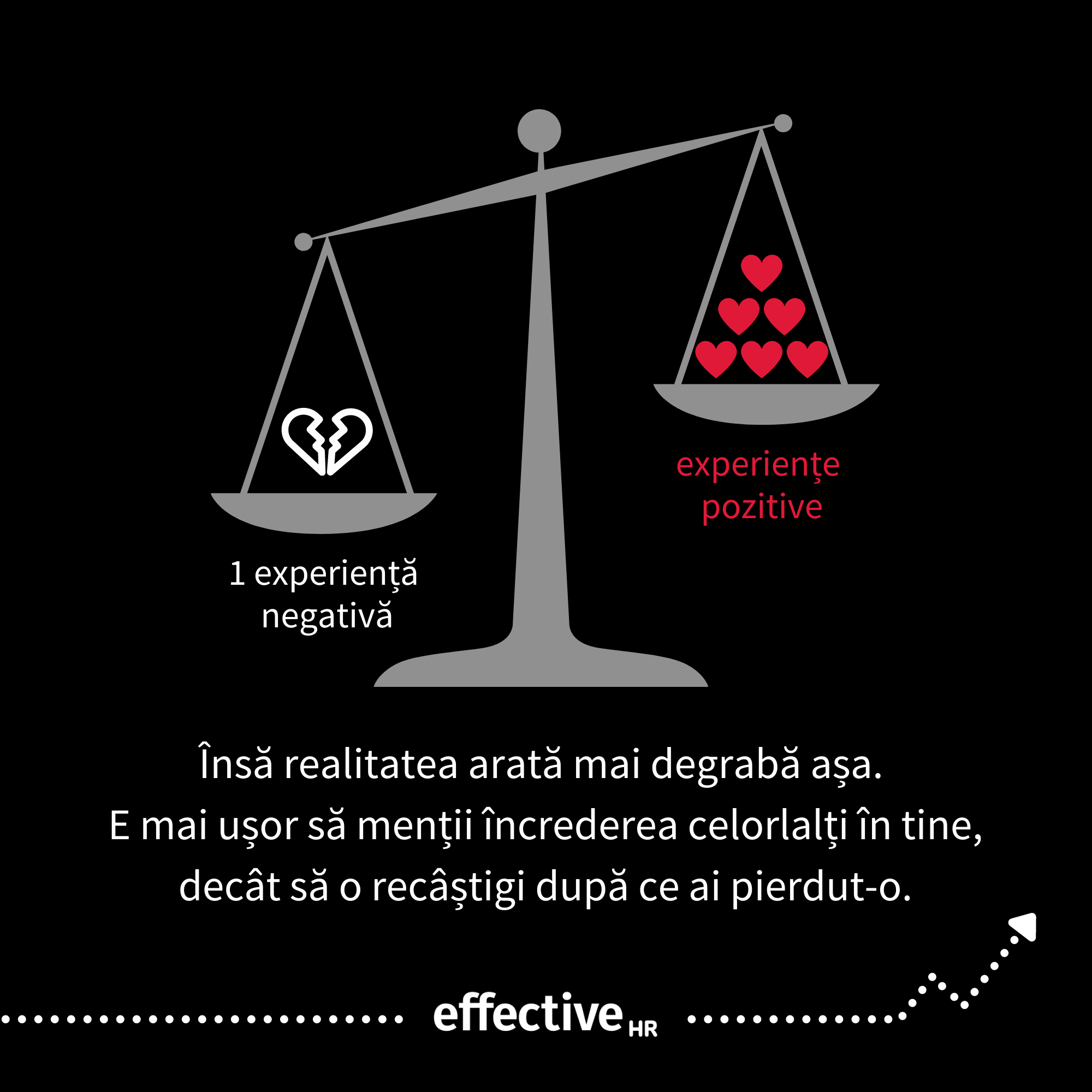

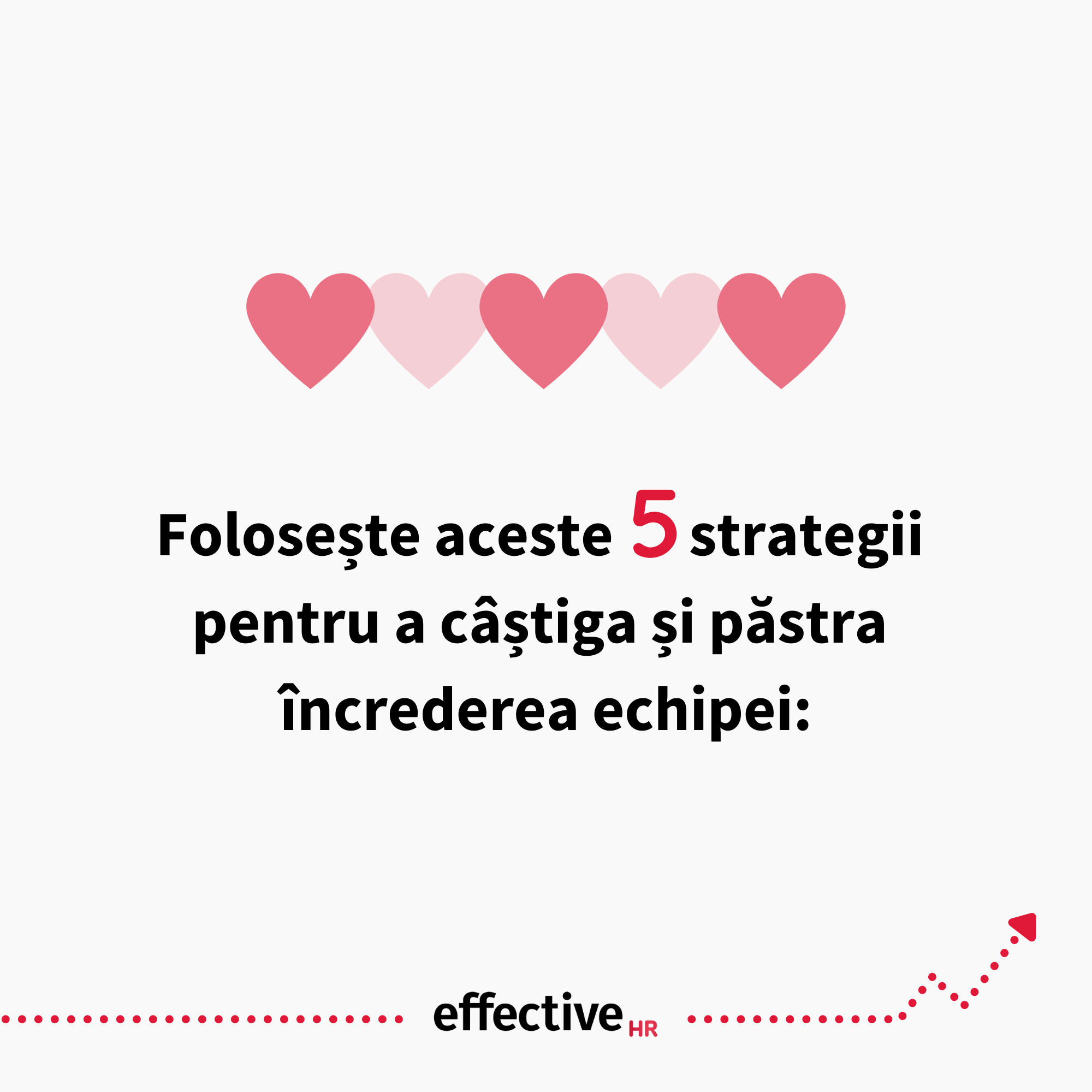
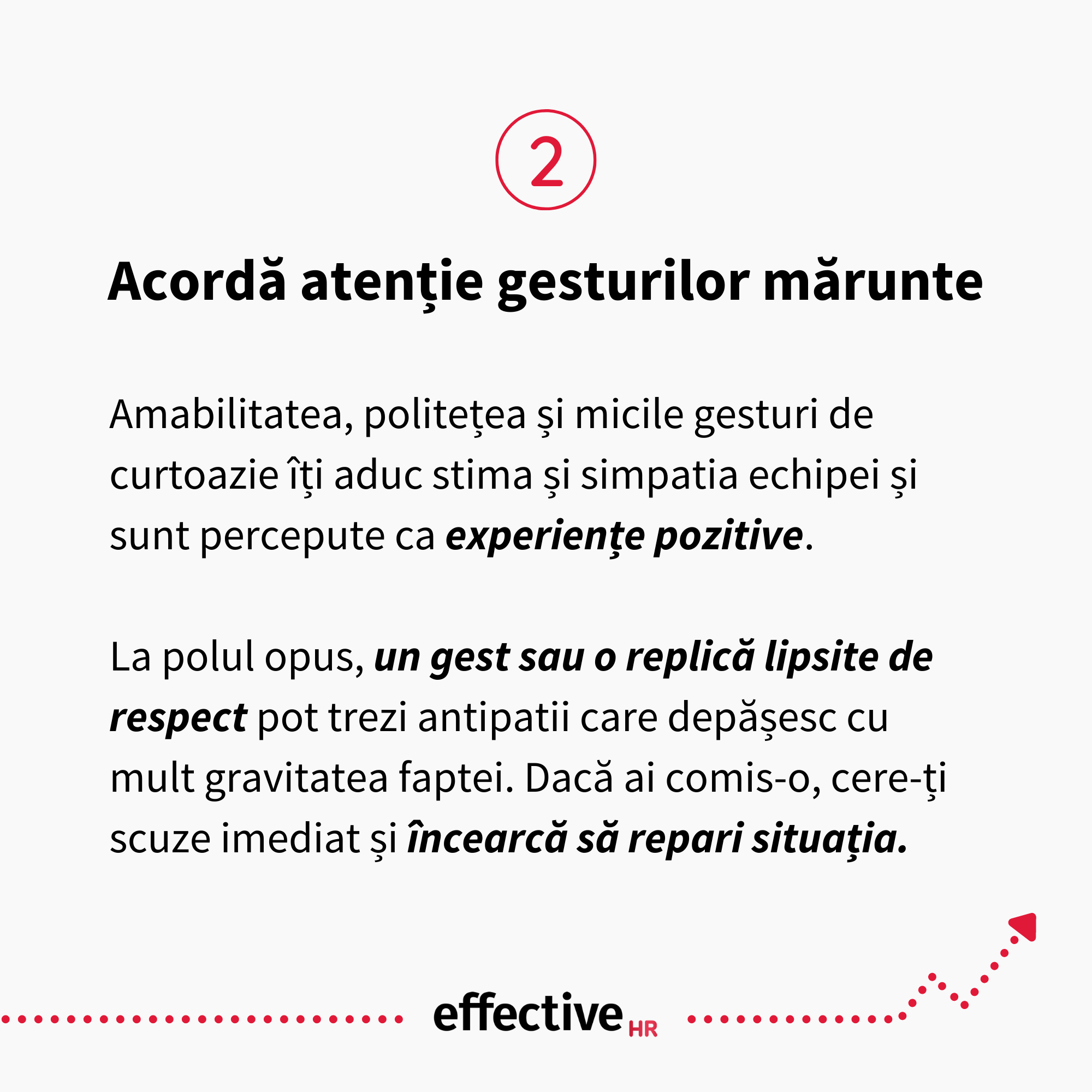
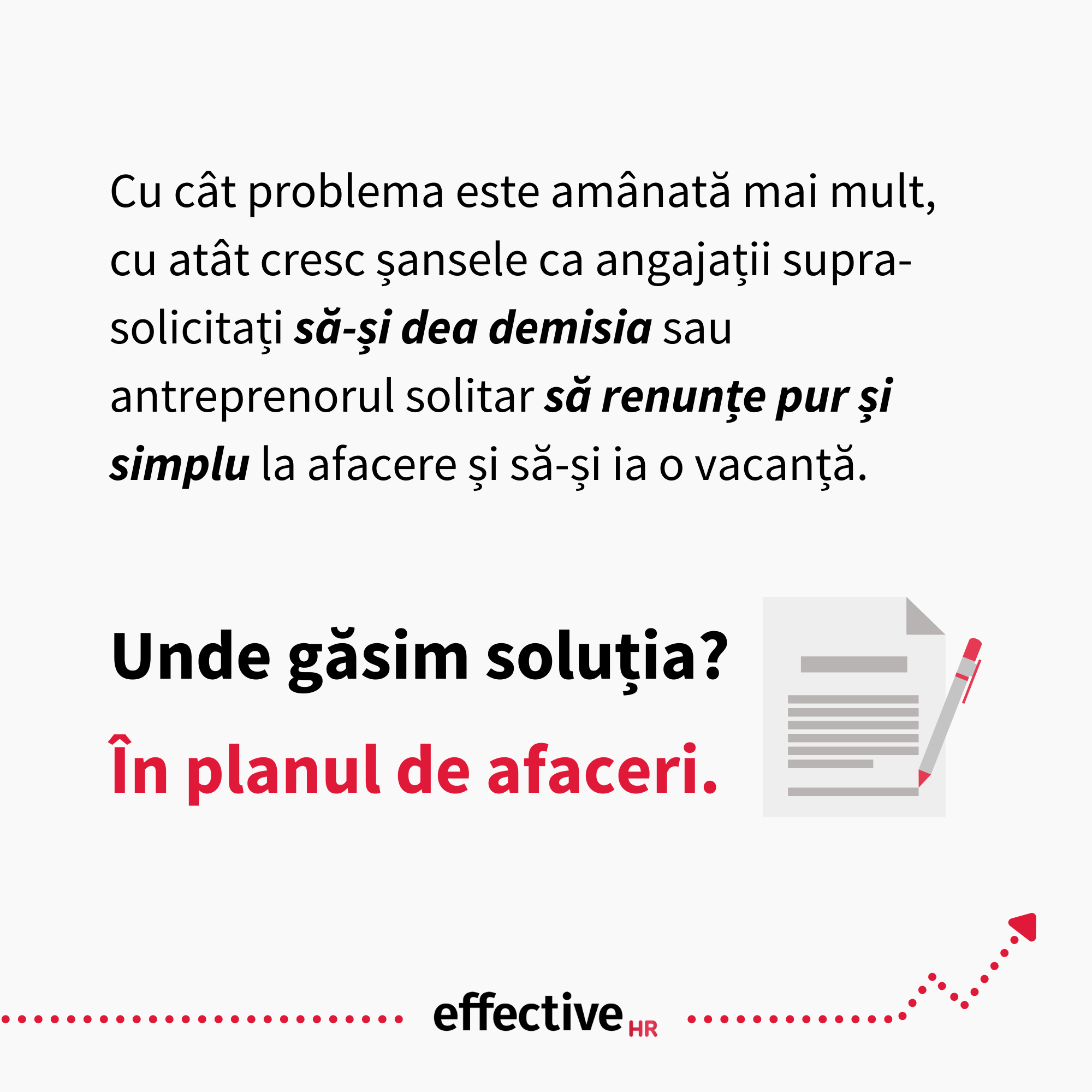
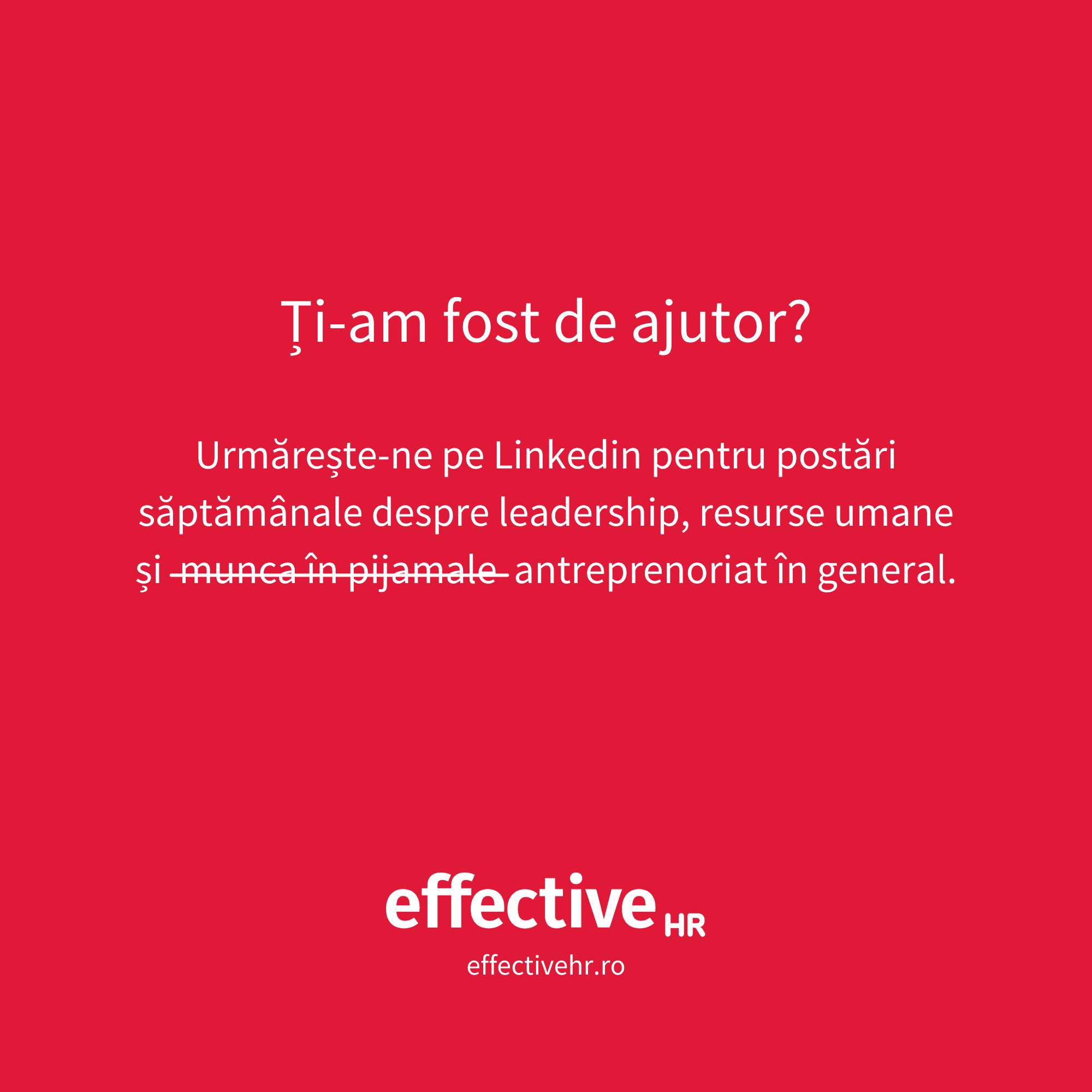
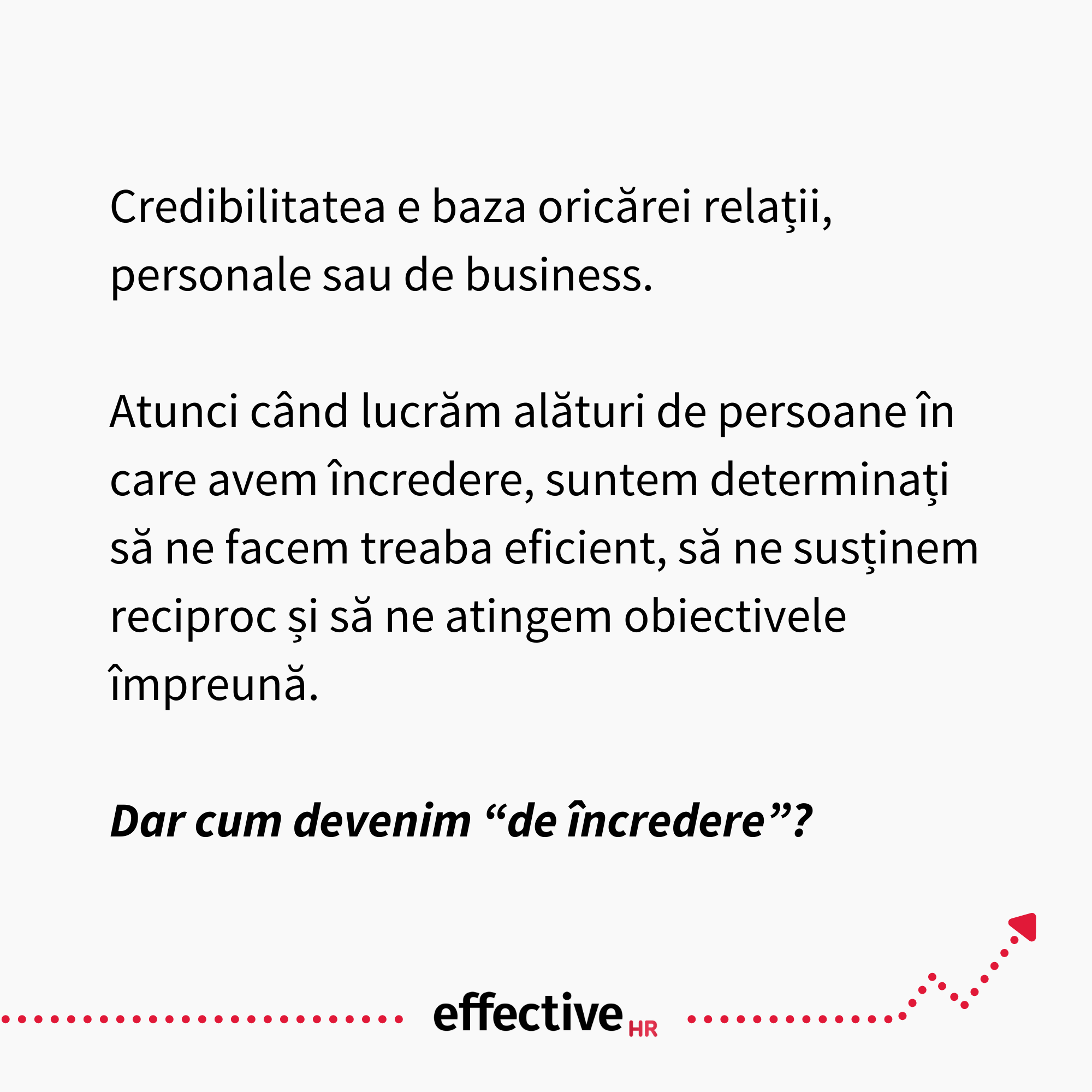
The Feedback
As you’ve read so far, this has been a full-service project for a new B2B company. It started with building a foundation through brand strategy and followed up with creative services and content creation. The results?
Let’s pass the mike to the client:
The approach was open and friendly, I felt listened to and understood. They brought to light information that I myself was unaware of about my expertise, business and clients. They saw and encouraged my qualities and resources, my ability to succeed, instead of focusing on what was ‘not good enough’.
I was very happy we worked in a disciplined and structured way, making allowances for my priorities, budget and deadlines.
A few months later, the two projects we have worked on give me confidence to promote myself and help me find new clients.
I recommend Incipient to all who need strategy and consulting to develop their brand, especially if you’re just starting out as a business or as a freelance professional.Elena Antohi, Founder @ Effective Human Resources
 You’ll get an answer in 2 days or less.
You’ll get an answer in 2 days or less.